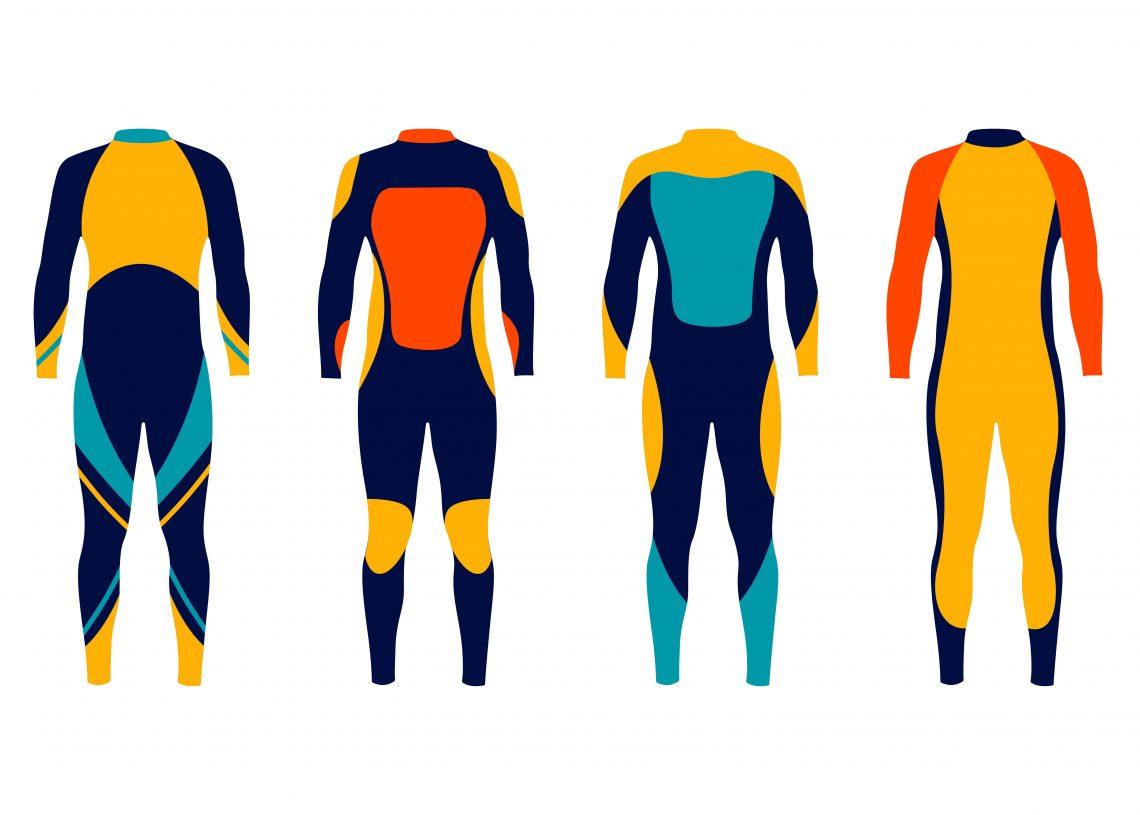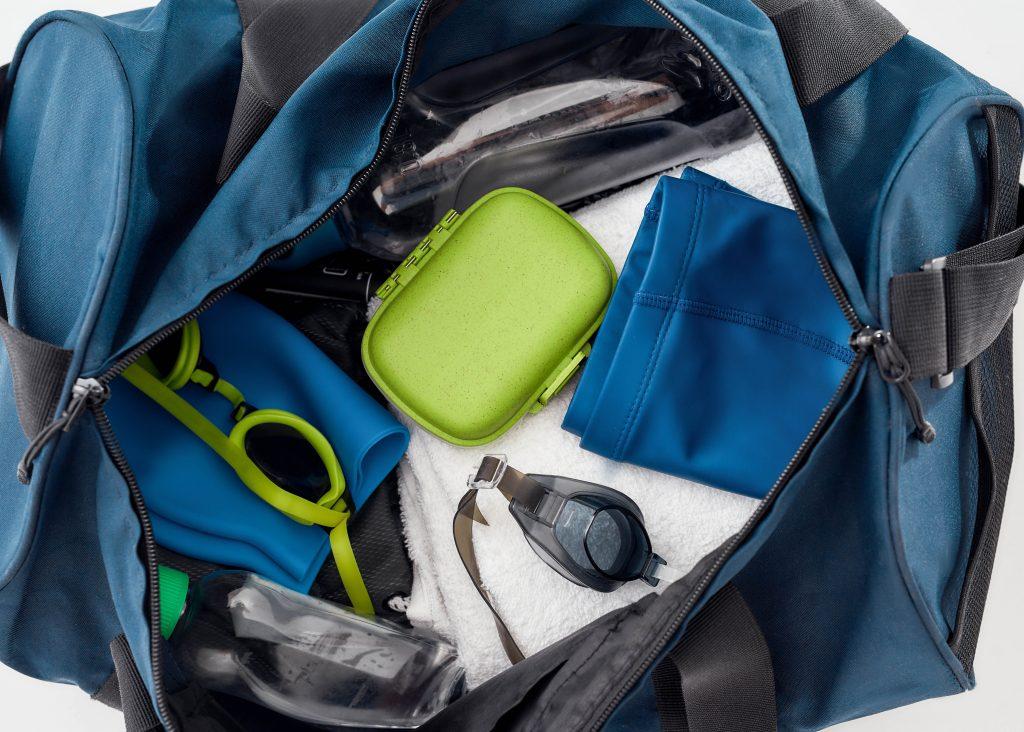
How to maintain your outdoor swimming kit
How not to be an “all the gear and no idea” swimmer. Simon Griffiths has your guide to maintaining your outdoor swimming kit
In a race one time, after putting Vaseline on my neck to prevent chafing, I accidentally smeared some on my goggles. I didn’t realise until I was about to go into the water and my attempts to clear it only made it worse. I had to do the swim half blind, crashed into other swimmers and nearly missed the finish. It’s not enough to know what kit to buy, we need to make sure we use it optimally to avoid mistakes like these. We thought, therefore, we’d take a brief look at kit use and maintenance essentials.
How to look after your swimming costume
Most costumes are robust but lack of care can still shorten their useful life. A baggy costume feels uncomfortable to swim in and a threadbare one might reveal more than you intend. Rinse your costume in fresh water and dry it out of sunlight. Wrap it in your towel to protect it inside your bag. Take extra care putting on or pulling up your costume if it’s wet. The fabric sticks to your skin and you can easily overstretch it. For longer swims, especially in salt water, you may want to use an anti-chafe balm under the straps and seams.
How to look after new goggles
Who doesn’t love a new pair of goggles and the dazzling clarity of vision they provide? To keep this as long as possible, avoid touching the lenses, rinse in fresh water, air dry after use and store them in a protective case. I find the best way to stop new goggles misting up is to put them on dry and keep them dry. However, they may still mist in cold water. A quick rinse will normally keep them clear.
Also put on and take off your goggles carefully. They should create a seal around your eyes without needing to be pulled tightly into place with the strap. Press them gently into place and adjust the strap so it has some tension in it but not so much that it causes a headache or creates rings around your eyes. You can wear goggles either on top of or underneath a swimming cap. There are pros and cons for both. I prefer under as they feel more secure but I do it the other way around on long swims (see below for why).

How to make goggles last longer
Even with the best care, goggles get scratched and the anti-fog treatment degrades. However, you can keep them going for a long time. I rub a tiny amount of baby shampoo onto the lenses and then rinse them before each use. This does a great job of preventing fogging. Anti-fog sprays work OK for middle-aged goggles but not my ancient favourites. Other things to watch for are perishing of the rubber strap and grime accumulating around the silicone seals, especially if you swim in murky rivers. I occasionally take my goggles to pieces and clean them in warm water.
How to look after swim hats
Silicone swim hats are robust and can cope with a lot of abuse. However, they will tear if you are too brutal and they do eventually stretch. Rubber hats are thinner, break more easily, and are more likely to perish if you don’t dry them properly. On the other hand, they are slightly cheaper and some people with voluminous hair prefer them for the extra stretch. One challenge you might have to deal with is keeping your hat in place on long swims. They can ride up and slip off. To reduce the risk of this (and also for additional protection from the cold) pull the front of the hat over your forehead. Also, wearing your goggles on top of your hat can help keep it in place.
How to maintain a wetsuit
If you’re going to wear a wetsuit, make sure you use it properly. Take your time putting it on and tug it gently over your skin. Sudden movements and sharp fingernails can tear neoprene. I like to have mine on at least 15 minutes before a swim as feels as if it needs to “settle”. Get help with the zip (even if you can do it yourself) and make sure your neck isn’t exposed to any Velcro. Protect your neck with wetsuit-approved anti-chafing balm. Pull the wetsuit tightly into your crotch and roll up any ripples over your stomach or lower back to maximise flexibility around the shoulders. I like to rinse my wetsuit through before swimming by letting in some water at the top and squeezing it out at the bottom. It makes a better seal against your skin if you do this.
Take off your wetsuit as soon as you can after swimming (it comes off easier when wet), rinse it and dry it out of direct sunlight. Hang it by the waist rather than the shoulders to avoid stretching delicate shoulder panels. Occasionally washing your wetsuit with wetsuit shampoo helps keep unpleasant odours at bay.
How to maintain a tow float
Tow floats and bags are easy to use but there are a few things that can go wrong. With bags, make sure you fold the opening over enough times to keep the water out. It’s easier to do this before you inflate them. I once did a race while wearing a tow donut. I didn’t close the bag properly, it filled with water (although I didn’t realise until I finished) and made the second half of the swim miserable. Also, adjust the tow line so the float is just behind your bottom while swimming. If you have it too long, you will keep kicking it and it will annoy you.
Take care of your float on land. They can be punctured by sharp objects and some dogs seem to go crazy for them. If the bag gets damp inside, dry it thoroughly to prevent mould growth. Tow floats discolour and eventually degrade if left in bright sunlight.
How to recycle swimwear and wetsuits
Unfortunately, a lot of swimming kit is difficult to recycle, although schemes do exist (Read our guide to recycling, reusing and repairing your swimwear). On the other hand, if cared for properly, most of your kit should give you several years of frequent use. When it is time to let it go, search for recycling options and consider secondary use options. For example, I’ve seen wetsuits repurposed as laptop bags and sleeves to put around coffee cups. Take care of your kit so it can take care of you.








